 Unless you have a strong interest in history, specifically the US/USSR Cold War, most people under the age of 40 will never remember the back and forth competitiveness of the American and Soviet space race. Both countries realized after World War II that the space beyond Earth’s atmosphere was a great frontier waiting to be explored by man.
Unless you have a strong interest in history, specifically the US/USSR Cold War, most people under the age of 40 will never remember the back and forth competitiveness of the American and Soviet space race. Both countries realized after World War II that the space beyond Earth’s atmosphere was a great frontier waiting to be explored by man.
Starting in laboratories and classrooms, much of the early days of space exploration took place on paper. That all changed on October 4, 1957 when the Soviet Union launched the first man-made Satellite, called Sputnik I into low earth orbit.
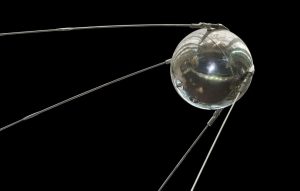
Sputnik I was a very simple polished metal sphere, barely larger than a common beach ball featuring 4 external antennas to which radios back on Earth could receive and track it’s position. Despite it’s rudimentary design, Sputnik was a tremendous success, giving scientists in both the US and the USSR information about the composition of the upper atmosphere and ionosphere. It’s orbit spiraled nearly the entire planet, covering most inhabited areas except the poles. It’s on board batteries allowed it to continuously transmit it’s position for 3 weeks before they died, and even after, continued it’s journey for another 2 months before re-entering the atmosphere in January 1958 and burning up.
Not only was Sputnik a huge success for the scientific community, it was also a huge success and source of pride for the entire Soviet Union. Never before, had anyone been able to send a man-made object beyond the confines of our atmosphere into outer space, and learn something from it. Sputnik single handedly set off a panic for the United States and the “Space Race” had begun.

Over the next 2 decades, the United States and the Soviet Union would trade blows back and forth attempting to be the first to do something. The Soviets sent the first animals into space and have them return alive, first Lunar orbiter, first man (and woman) in space, first spacewalk, first soft moon landing, and many others.
The United States initially took a more cautious approach, focusing on things like the first communications satellite, first weather satellite, and first photo of Earth from orbit, but then we too started stepping up the risk factor with the first hominid (chimpanzee) in space, first pilot controlled space flight, first men to orbit the Moon, and of course, the first man on the Moon.
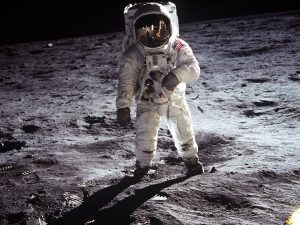
Each time either the US or USSR accomplished a new feat, it was met with extreme skepticism and jealousy by the other side. Both countries were no stranger to “spin” and would often embellish certain claims in an effort to see who could beat it’s chest the loudest.
One particular example of this, was the Soviet Union’s claim that on October 7, 1959 they took the first photos of the far side of the Moon. The Earth and the Moon are in what’s called a “tidally locked” orbit. This means that because of the Moon’s slow rotation and speed in which it orbits the Earth, one side is always facing Earth no matter the Moon’s position. Both sides of the Moon receive equal amounts of light from the sun, but we often refer to the side that never faces us as “the dark side” because we can never see it from Earth. So when the Soviet Union made a claim that it had not only sent a spacecraft around the other side of the moon, but managed to photograph it and transmit the image back home, this was pretty big news.
Although initially accepted by both Soviet and American scientists as the real thing, upon further analysis of the facts surrounding the mission and the photos themselves, skepticism started to arise about it’s authenticity.
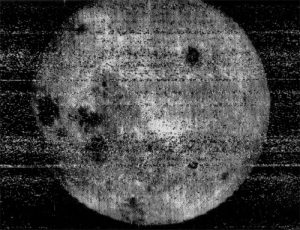
The article below is from the April 1960 issue of Popular Photography and it’s author, Lloyd Mallan goes into great depth as to what some of the concerns were with the images. So called Soviet experts in the United States claimed that the Soviet Union couldn’t possibly have had the necessary equipment to pull off such a feat. The images themselves had variances in detail, shadows that were in places that were inconsistent with shadows in other parts of the same image, features that strongly resembled brush strokes on a canvas painting, and what appeared to be huge valleys and ravines that are not on the “visible side”. Each of these concerns raised suspicion that the Soviet Union had faked these photographs.
Mallan’s article was thorough and cited a large number of sources from photographic, moon, and space experts and even hypothesizes some excuses the Kremlin might use when the US eventually captures it’s own images of the far side. He concludes in the very last sentence that he is convinced this was just a giant hoax. Conspiracy theories are very common and while whether or not the Soviet Union faked the first images of the far side of the Moon isn’t a big one today, it was likely huge news back in 1960 when the United States was still reeling from what seemed like a big victory for the Soviets.
To Popular Photography’s credit, in their August 1960 issue they published a follow-up article, this time written by Merton E. Davies, a graduate of Stanford University and employee of the Rand Corporation who at the time was an expert on reconnaissance photography for the Pentagon, in which he suggests that perhaps the images weren’t fake.
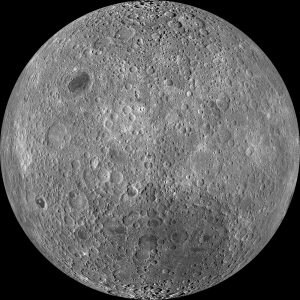
Davies starts out the article by addressing the concerns that the Soviet Union lacked the equipment or expertise to accomplish such a mission by saying there are a variety of ways they could have done this, all without requiring overwhelming amounts of new technology. Each of the systems required to launch a probe with a camera and send it to the Moon, have it orbit, and come back all existed in October of 1959.
Throughout the rest of the article, Davies addresses each of the major concerns brought up in the original article and concludes that the images are likely real, but taken at a lower resolution than established images of the front side of the Moon, and also made up of composites of several photographs. Regarding the significant differences in texture compared to the other side of the moon, the explanation is pretty simple. Because one side of the moon always faces away from Earth, it is constantly being bombarded by meteorites, asteroids, and other space debris, whereas the side facing the earth is relatively unscathed.
While it is certainly plausible that even after Davies explanations, there still could have been some element of exaggeration on the Soviet Union’s part, it was generally accepted by most American scientists that the images were real.
In the years since these articles were published, we now know that there was no hoax. The photos were real and that many of Merton E. Davies’s predictions were correct. The Luna 3 space craft did in fact, take 29 different images, covering 70% of the Moon’s far side. The images published by the Soviet Union were composites of those images designed to show as much detail as possible from what at the time were very low resolution photographs.
All scans used with permission by Marc Bergman, 2018.

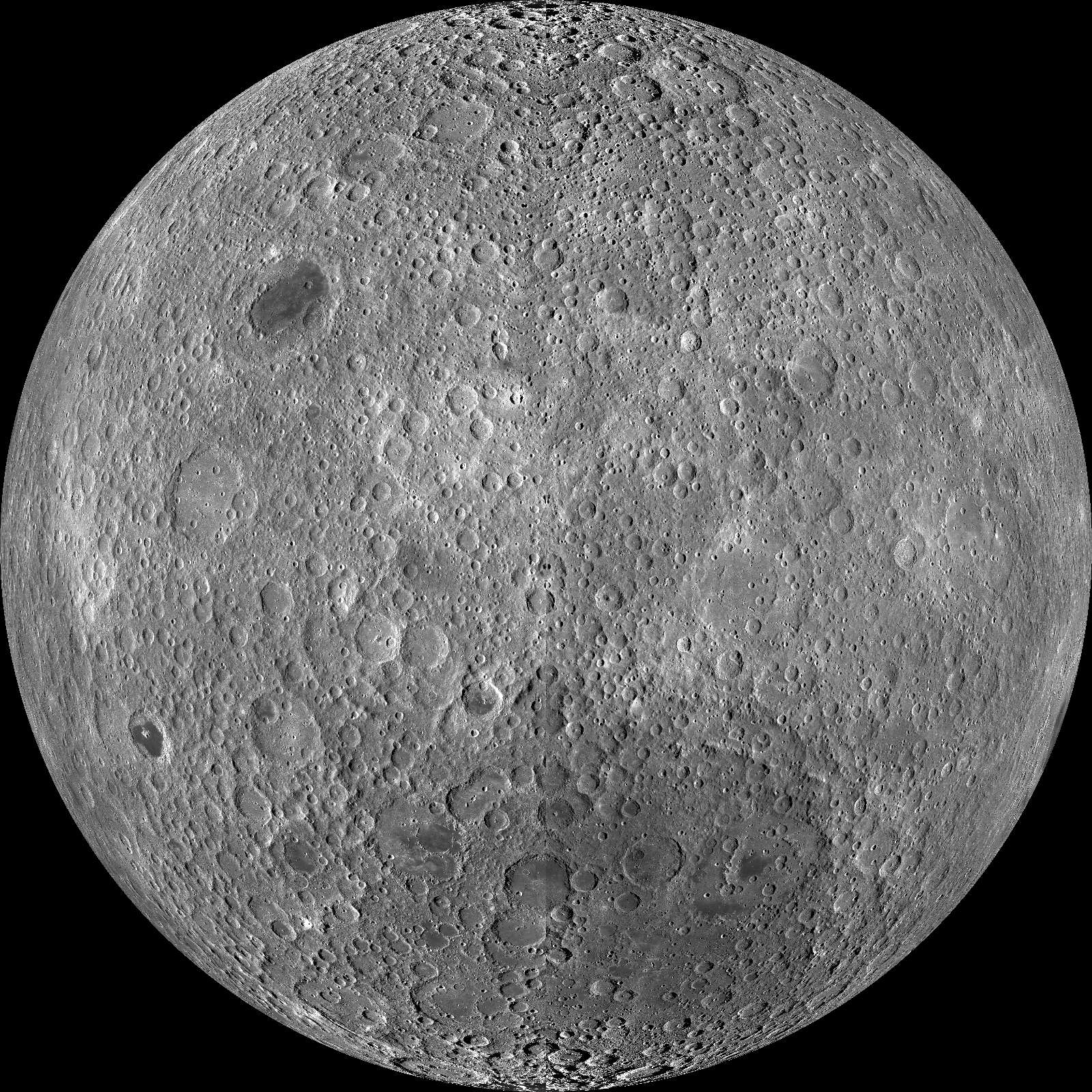
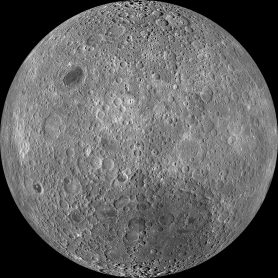
Good article!
Excellent stuff Mike, very interesting indeed. And I qualify as one of those over 40 so remember the Space Race quite well.